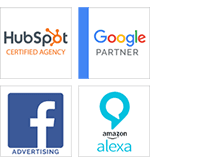When it comes to marketing to your target audience, using basic demographics, such as age, married status, income, and geography is no longer enough. That kind of information, while helpful, is still too general. Your home building services are going to appeal to certain types of buyers, which means you’re going to need to pinpoint who those buyers are in order to market your brand effectively. To do this, you’ll want to develop a customer persona (also known as a buyer persona).
A customer persona is a representation of everything that makes up your ideal customer. This persona does include some of the information that businesses typically use, such as basic demographics. However, an effective customer persona needs to go beyond just age and geography. The following is a customer persona template to help you better identify who your target audience is:
1. Collect Customer Data
The best way to put together your customer personas is by turning to your actual customers for information. Speak with 5 to 10 of your previous and existing customers. Don’t just speak with customers for whom you built homes. Speak with customers who you may not have completed a deal with, but who you had a good relationship with despite that. In fact, it might be easier to just ask previous and existing customers if they would fill out a survey for you. This way, you can create a survey that asks questions that will provide you with the information you need. Some of the information you should ask these customers include:
- How old they are
- Why they are (or were) looking to build a new home
- What kind of features they were looking for (such as an open floor plan or a garage) and why they needed those features
- Whether they’ve owned homes in their past
- What they do for a living
- What income level they belong to
- How often they use social media (and what platforms they typically use)
- How they found out about your company (this allows you to identify what channels to target)
In addition to gathering information from your current and previous clients, you can also find a lot of helpful data through your social media channels by studying the behavior of your followers. What kind of questions are they asking? Who else are they following? What kind of content do they share?
2. Create a Personality for Your Customer Persona
Once you’ve collected your customer data, you’ll want to organize it, merging the information you have into distinctive personalities. While you’re going to find that some information is similar (for example, you could find out that the income levels of your customers happen to be very similar), some of it will be different. Because of this, you’ll need to create multiple customer personas.
With multiple customer personas, you’ll be able to personalize your marketing to more effectively target the different parts of your audience. Each customer persona that you create in essence represents a different group of people. Because they’ll potentially have different backgrounds, different goals and different needs, you’ll need to adjust your marketing strategy for each one. Give your buyer personas names to help shape their personality, thereby making a stronger customer persona template.
Some customer persona templates also recommend going beyond demographics and personal background to develop a personality for each persona. For example, some homebuyers may carefully think over every decision they make, while others make more impulsive decisions.
Last, but not least, you should give each persona a name, an age range and a picture. This helps make it easier to figure out ways to reach this persona since it will make you feel like you’re trying to reach an actual individual and not just targeting demographics. This alone should allow you to be more effective at personalizing your marketing efforts.
How does one use buyer persona’s in senior living marketing? Click here!
3. Define the Goals and Needs of Your Customer Persona
As a homebuilder, one of your main priorities should be to position yourself to meet the specific goals and needs of your customers. The goals and needs of your customers are a big part of your customer persona template. Different buyers are going to have different needs. For example, some buyers may be looking to build a home to raise a family in, while others may be looking at the home building process as a short-term investment.
What’s important to understand about your audience is that goals and needs are going to vary depending on certain factors. These factors are often found in the demographics of each customer. For example, different generations tend to have different goals and needs. Someone in their mid-30s that’s just starting a family is likely looking for a house that they can raise their children in. Someone in their 60’s is likely to look for a home that they can age in place in, meaning that it’s designed for convenience and accessibility.
4. Identify the Challenges of Your Customers
Knowing what the challenges of your audience are will allow you to more effectively present your services as a solution. This means understanding what customers didn’t like about previous homes they lived in, what changes they want to make and what their personal preferences are. For example, maybe their last home had a yard that was too big for them to maintain, but they still want to be able to spend time outside on their property. Or maybe the challenge is financial — they have a limited budget to work with, but are expecting to expand their family in the future when their careers are further along. Realizing what these challenges are will make it easier for you to craft a clear and concise brand message to your audience
Understand that a customer persona template isn’t a one-size-fits-all solution — it’s meant to help you better understand who your customers are so that you can identify the homebuyers that would benefit most from the types of services you can provide as a homebuilder. Real estate marketing, after all, is about connecting the right customer to the right property.





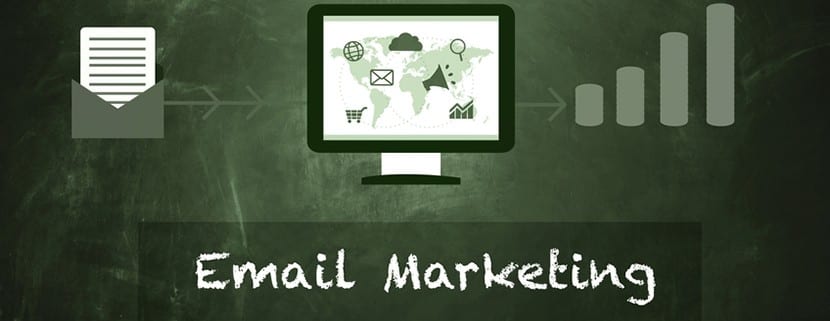




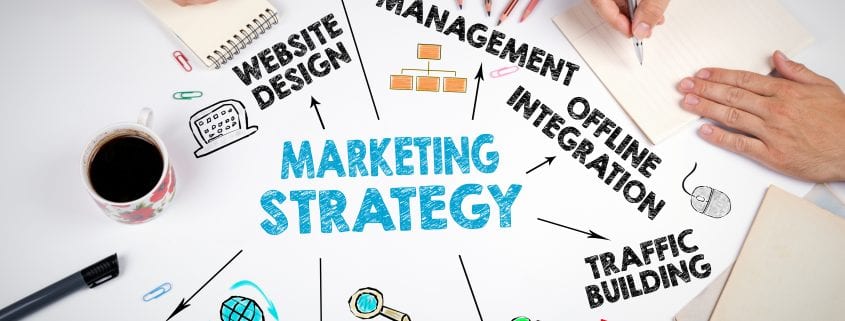

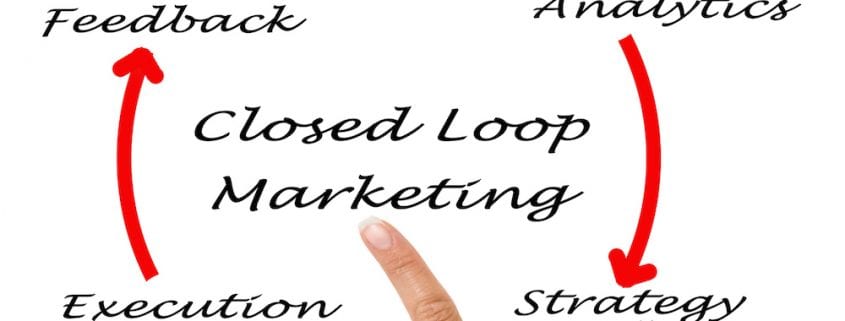
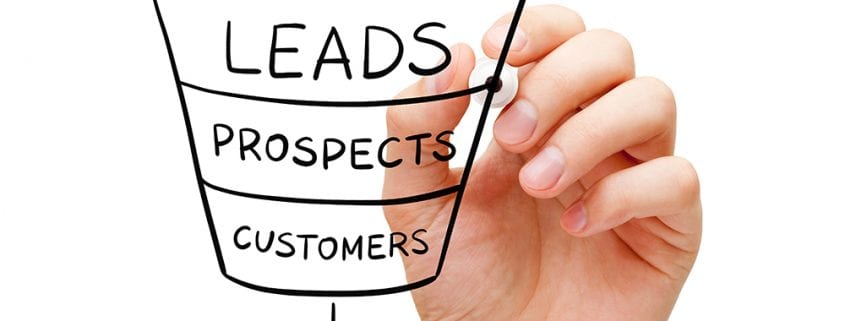

 The following is a more thorough breakdown of demand generation vs. lead generation:
The following is a more thorough breakdown of demand generation vs. lead generation:


